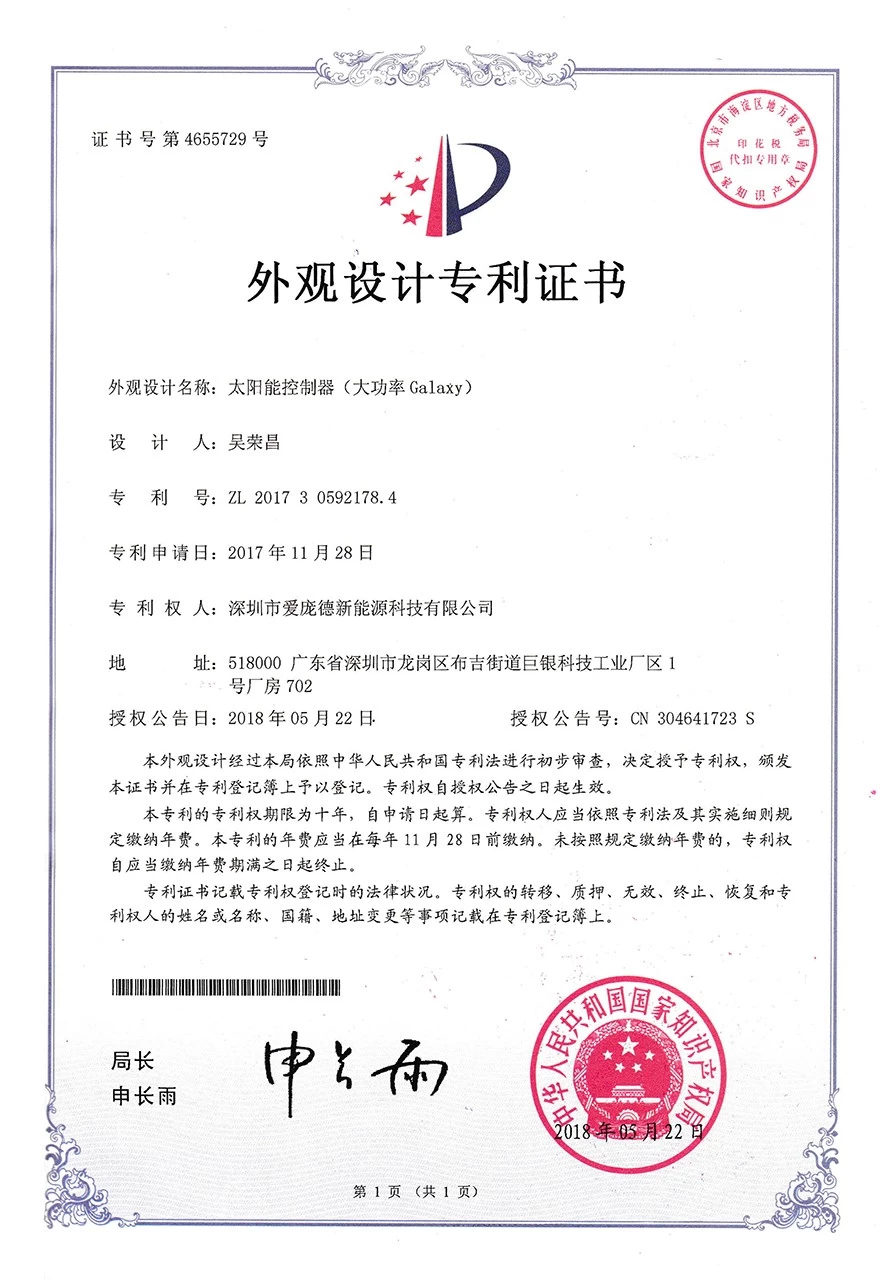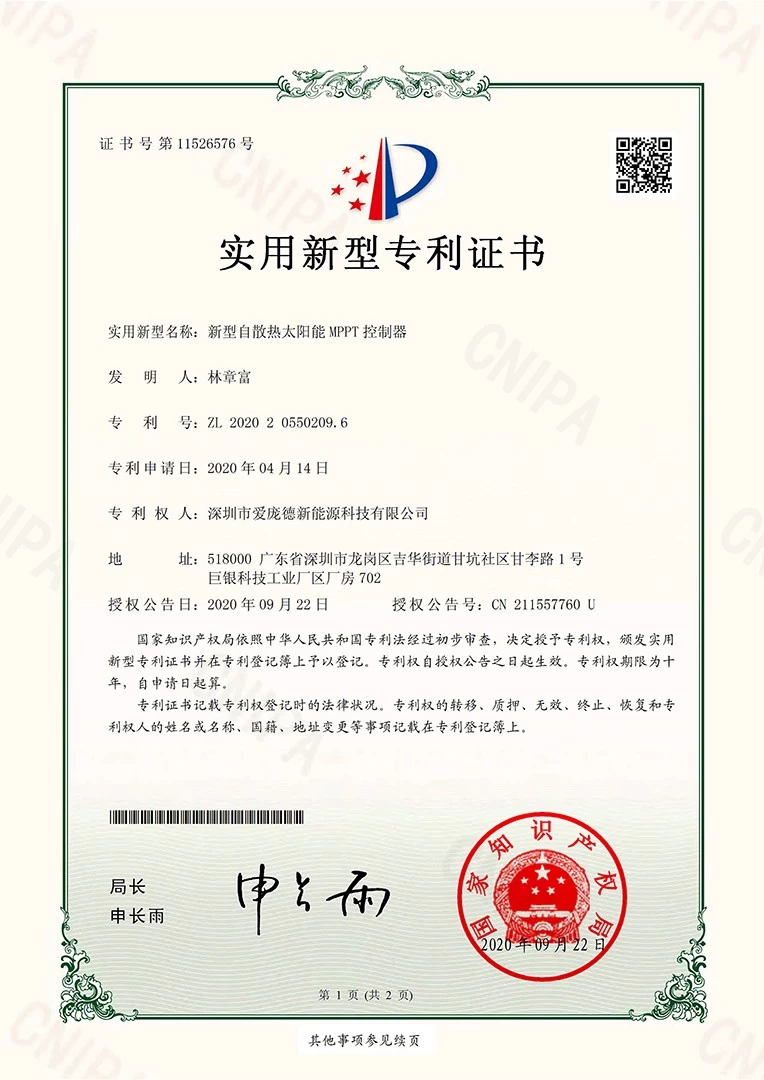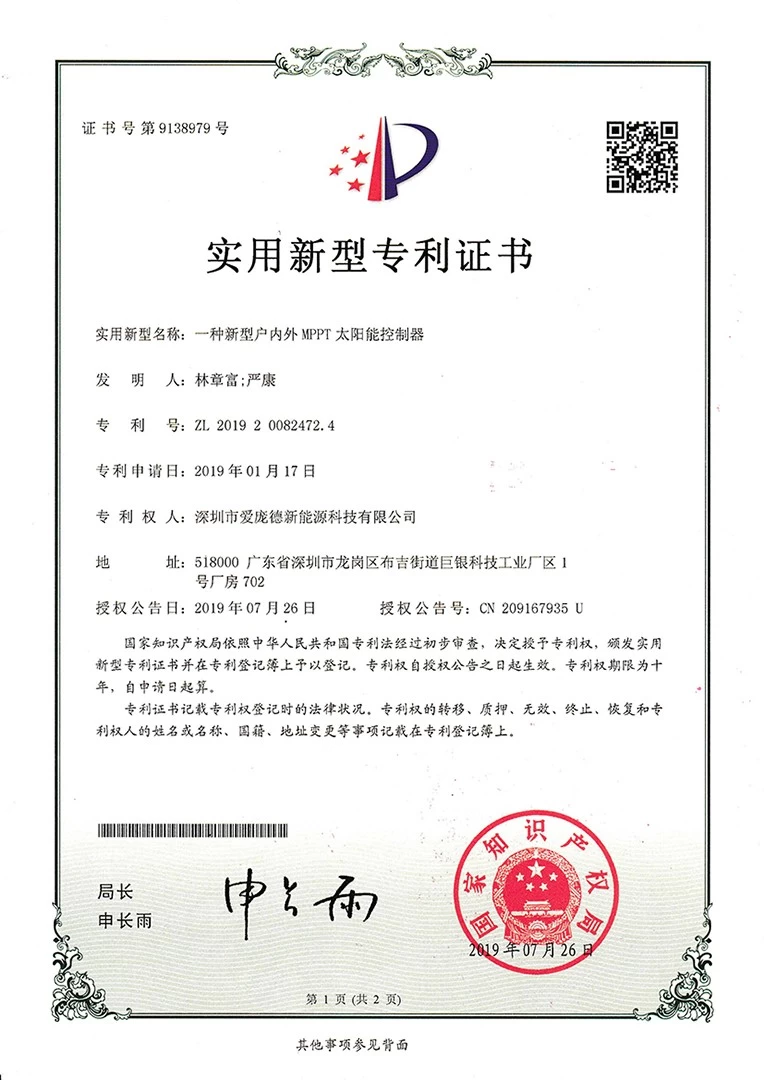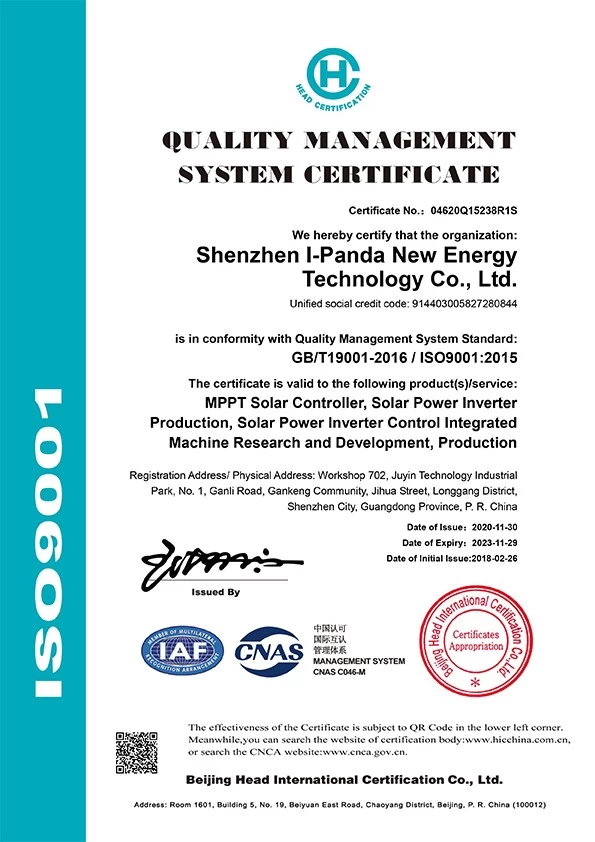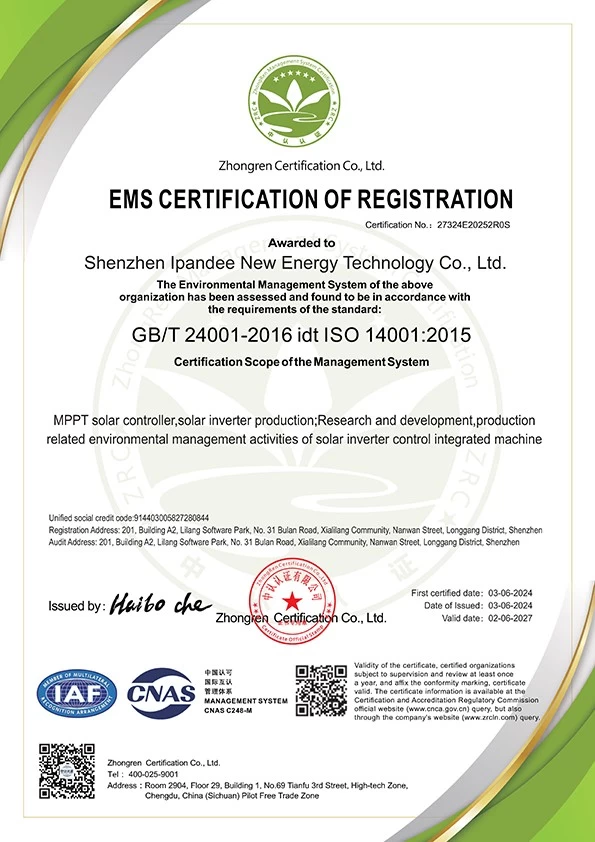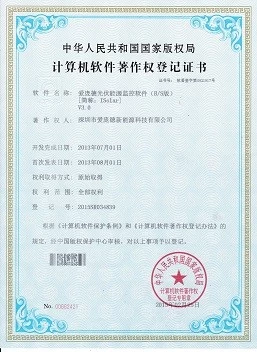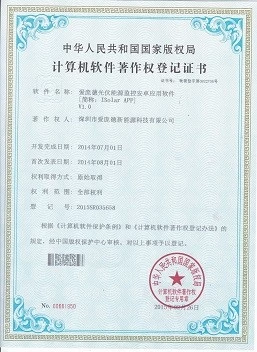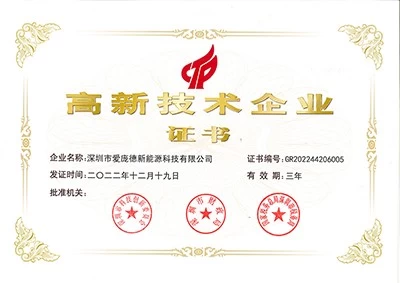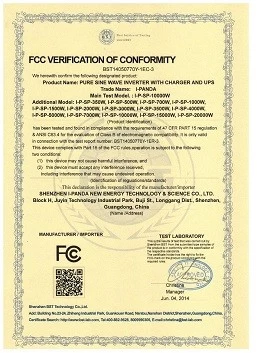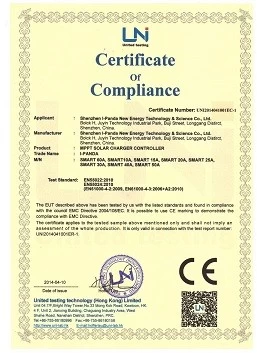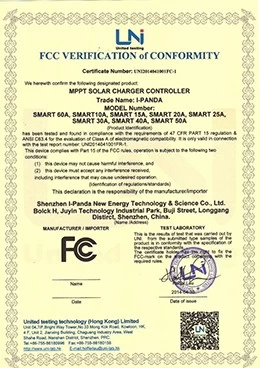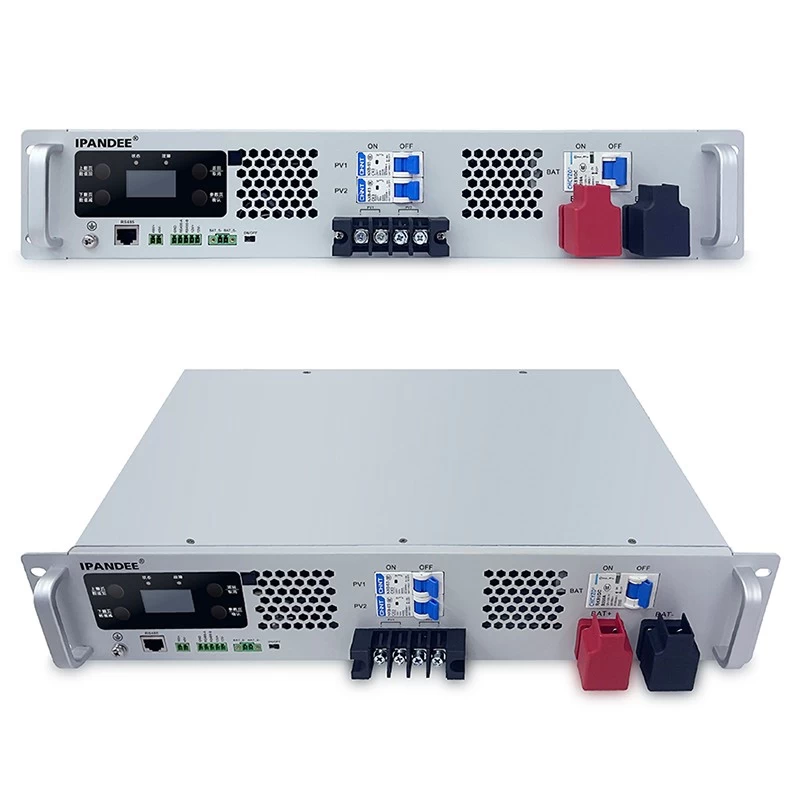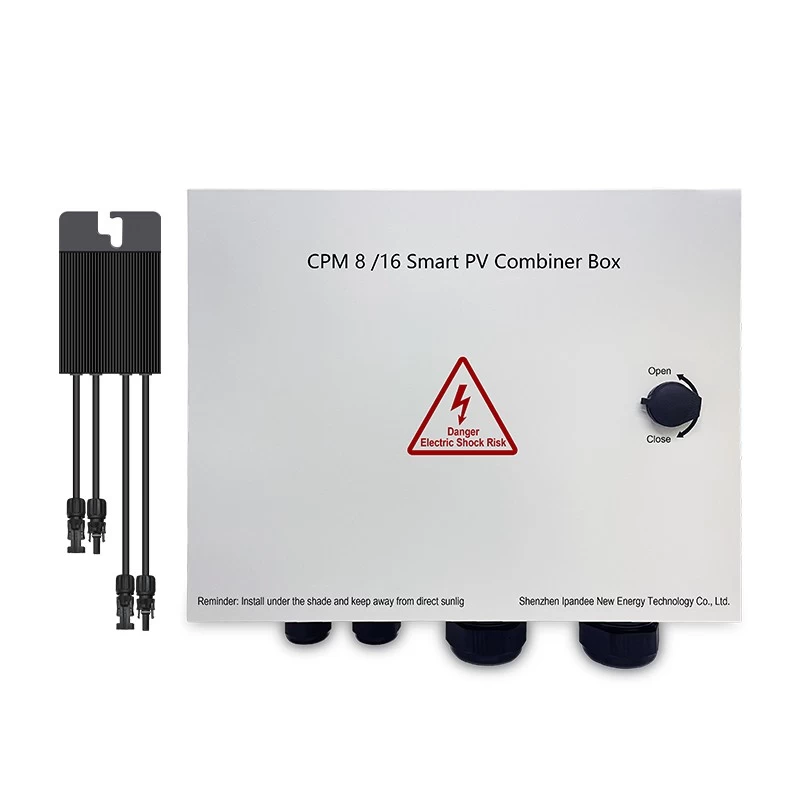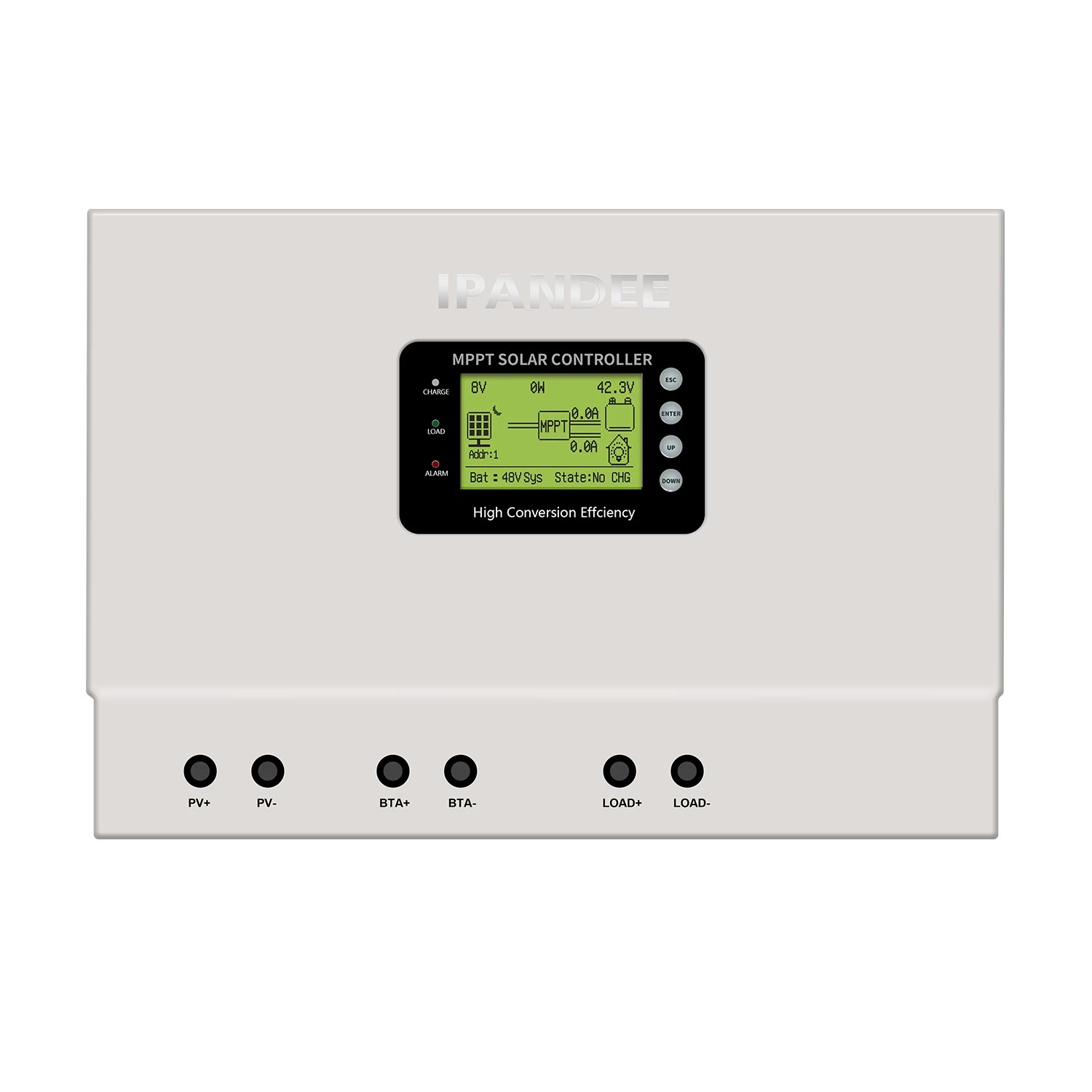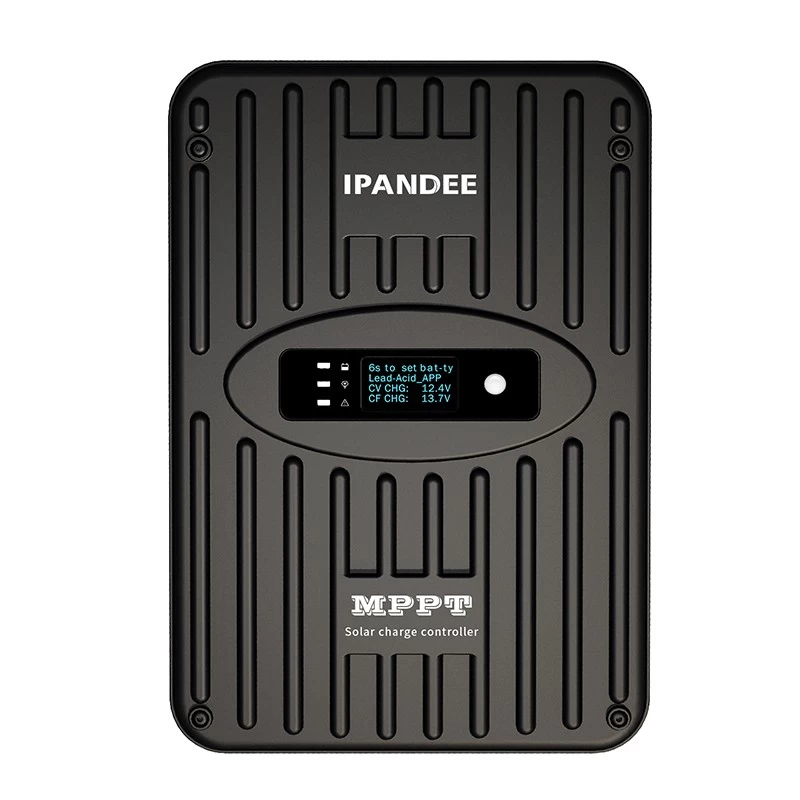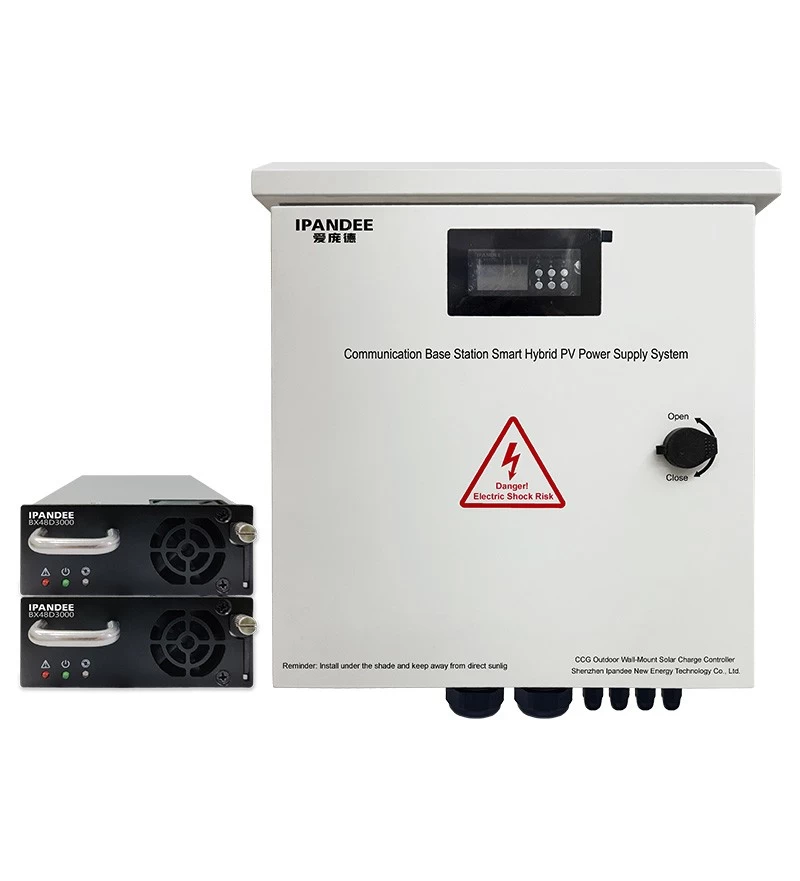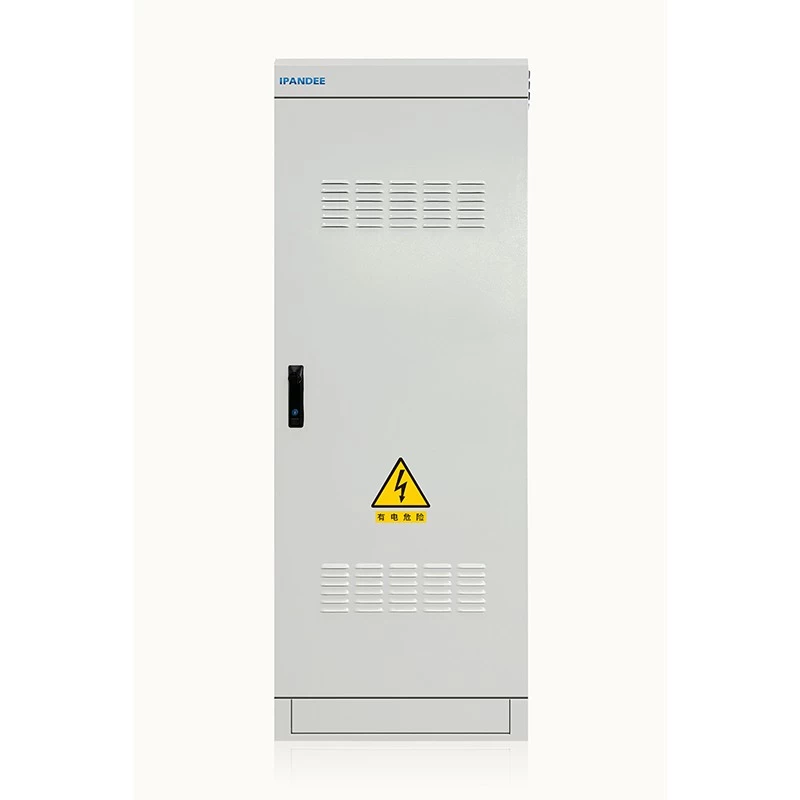Overseas PV Market Policy
Long-term target inventory of photovoltaic industry in overseas countries
Italy
In early January, the Italian Ministry of Economic Development (MISE) released a new 2030 National Climate and Energy Integrated Plan with the goal of 30% of total energy consumption by 2030. The PV 2030 power generation target was raised from 72 TWh to 74 TWh, and a 50 GW PV installed capacity target was given.
Germany
At the World Economic Forum in Davos in 2019, German Chancellor Angela Merkel promised that Germany will gradually stop using coal as a source of electricity and increase the share of renewable energy generation from the current 38% to 65% in 2030.
France
On January 25th, the French Ministry of Ecology Transformation announced a draft energy development plan for the next 10 years. By the end of 2028, the installed capacity of renewable energy power generation in France will quadruple from the current level. The newly installed capacity is mainly from wind power and photovoltaic power generation. Among them, the installed capacity of photovoltaics is expected to reach 35.6-44.5GW, and the installed capacity of onshore wind power is expected to reach 34.1-35.6GW.
Spain
On February 22nd, Spain approved the National Energy and Climate Integrated Program from 202 to 1203. It plans to increase the installed capacity of renewable energy in Spain to 120 GW by 2030, mainly from wind power and photovoltaics.
According to the plan, it is planned that the installed capacity of photovoltaics will reach 8.409GW by 2020. In 2030, 74% of Spain's electricity will come from renewable sources, accounting for 41% of total energy demand. By 2050, the installed capacity of photovoltaics will reach 50-60GW. In addition, Spain plans to increase the energy storage project to 6GW.
Saudi Arabia
According to the Saudi Renewable Energy Strategy (REPDO), the PV development target for 2023 has increased from 5.9 GW to 20 GW, and the renewable energy target has been raised from 9.5 GW to 27.3 GW. By 2030, Saudi Arabia plans to generate 60 GW of renewable energy, including 40 GW of PV installed capacity.
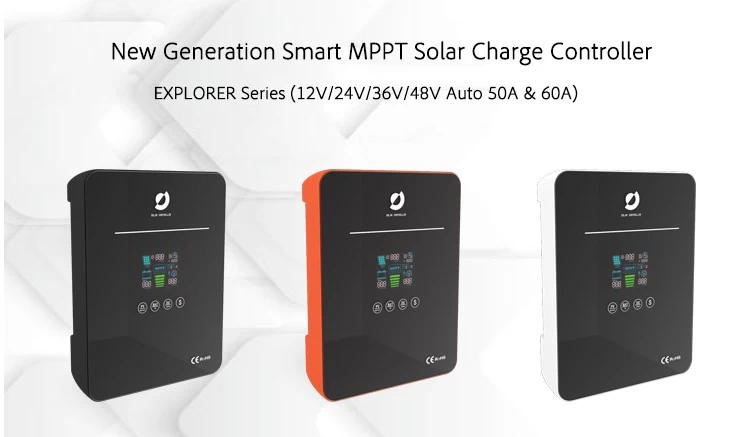
EXPLORER Series MPPT Solar Controller - Solar controller manufacturer
New changes in PV markets in various countries in 2019
Germany: PV subsidies fall back
In 2018, Germany became the largest PV market in Europe, adding 2.96GW of grid-connected PV installed capacity, the highest level in five years.
Since the planning target for photovoltaic projects subsidized by Germany in 2013 was 52 GW, the government set a target of 2.5 GW for the annual installed capacity of photovoltaics. When the annual PV installed capacity reaches 1.9GW, a new round of subsidy reduction will be launched.
It is reported that the German House has passed a package of new energy bills, the new law regulates photovoltaic installations in three aspects: new installation targets, subsidy reduction, and renewable energy bidding. The reduction in subsidies was less than expected, and it was reduced by month, leaving a one-month transition period.
In addition, in 2019-2021, Germany also plans to bid for 4GW of additional PV installed capacity, which will not be included in the 52GW PV installed capacity of the policy subsidy.
UK: Smart grid-connected transactions help unsubsidized development
As the UK's feed-in tariff and feed-in tariff subsidy policy will end on March 31, 2019, the UK will officially enter the era of non-subsidy.
Recently, the British Ministry of Commerce, Energy and Industry Strategy announced a new "intelligent grid-connected security" policy to replace the on-grid tariff policy. The UK Department of Commerce, Energy and Industry Strategy details the actual operation of the safeguards policy, requiring all major energy suppliers to pay for grid-connected power generation for small PV plants.
The safeguard policy stipulates that all large energy suppliers (defined as energy suppliers with more than 250,000 customers) are required to pay for the grid-connected power generation per kWh of photovoltaic power plants. The UK government plans to leave pricing power to these suppliers. However, all on-grid tariffs must be greater than zero. In the negative price model, the supplier does not charge consumers for the cost recovery.
Large suppliers will be forced to provide at least one feed-in tariff, but they can determine the duration of the contract. Small suppliers will voluntarily join the mechanism, but apply to operational requirements that are consistent with large suppliers.
Belgium: Wall sales transaction + green card mechanism
It is reported that the Belgian Flanders Regional Government has approved a new energy law bill, which will allow companies to sell electricity in the so-called "direct line mode" from 2019 onwards.
Under the new regulations, electricity purchasers in this model will not be charged any grid costs. In theory, users can sell electricity to end customers who use the site, not necessarily customers in the same power generation area.
For photovoltaic systems above 10 kW, the Flanders region's support program uses a “tradable green certificate”. For a system of 10–750 kW, its value per kWh is about 65-67 euros.
The region's target for 2030 is 6.7 GW of PV capacity, but most of them are residential PV systems up to 10 kW, which means at least an additional 4.2 GW capacity.
Japan: subsidies for small commercial photovoltaic power stations after 930
With the transition to the bidding procurement mechanism, Japan will expand the scope of projects affected by the bidding system this year, from 2 MW to 500 kW and above. For the project with a capacity of more than 2 MW, the FiT (on-grid tariff subsidy) reduction policy will take effect in the second half of the year. At the same time, the Ministry of Economy, Trade and Industry is now proposing to reduce the tax rate of 10-500 kW commercial photovoltaic systems.
It is reported that the Ministry of Economy, Trade and Industry has proposed to increase the FiT reduction in Japan again, that is, the FiT paid for small commercial photovoltaic power plants has been reduced from 18 yen/kWh ($0.165) to 14 yen.
India: Support for rooftop photovoltaic projects, taxing imported photovoltaic materials
Recently, the Cabinet Economic Affairs Committee (CCEA), chaired by Indian Prime Minister Modi, has approved financial support totaling more than 460 billion rupees ($6.88 billion) by 2022 to promote farmers' use of photovoltaic products and promote rooftop photovoltaics in the country. The installed capacity reaches 40GW.
It is worth noting that the General Trade Administration of India (DGTR) made a final judgment on the anti-dumping duty investigation of textured tempered coated and uncoated glass imported from Southeast Asian countries. It will impose a US$115.58/ton on imported photovoltaic glass in Malaysia. Five years of anti-dumping duties.
In addition, the General Trade Administration of India (DGTR) also proposes to impose an anti-dumping duty of US$537-1559/mt (MT) on EVA film for PV modules imported from China, Malaysia, Saudi Arabia and Thailand for a period of five years.
US: Continue double-reverse, additional tariffs maintained at 10%
On February 8, the US International Trade Commission (USITC) decided to continue to impose tariffs on anti-dumping and countervailing duties on crystalline silicon and PV module products imported from China. The US International Trade Commission will release the "China's crystalline silicon photovoltaic cells and photovoltaic modules" report on March 22, 2019, which will contain the opinions of the committee and the information developed during the review.
On the afternoon of February 24, the seventh round of China-US high-level economic and trade consultations ended in Washington, the capital of the United States. US President Trump said that the consultations have made substantial progress, and the United States will postpone the measures to impose tariffs on Chinese products on March 1. If both sides have made further progress, they intend to hold a Xi'er Summit and reach an agreement at Haihu Manor.

Professional solar controller manufacturer
Disclaimer: The content is partly from the internet. In order to pass on more information, it does not mean agreeing to its views or confirming its description. Article content is for reference only. If there is any infringement, please contact in time.





